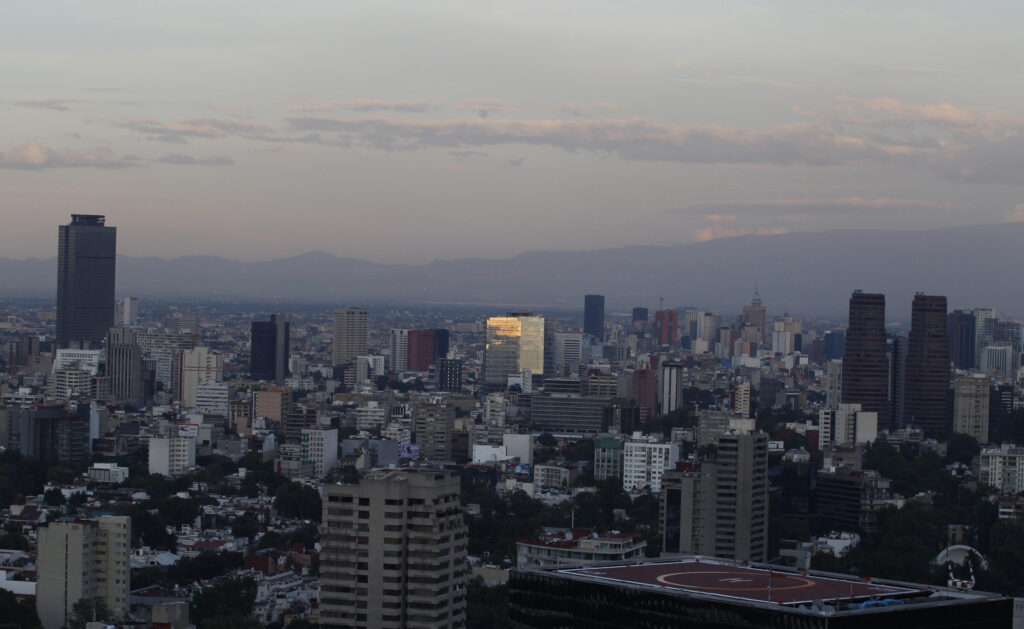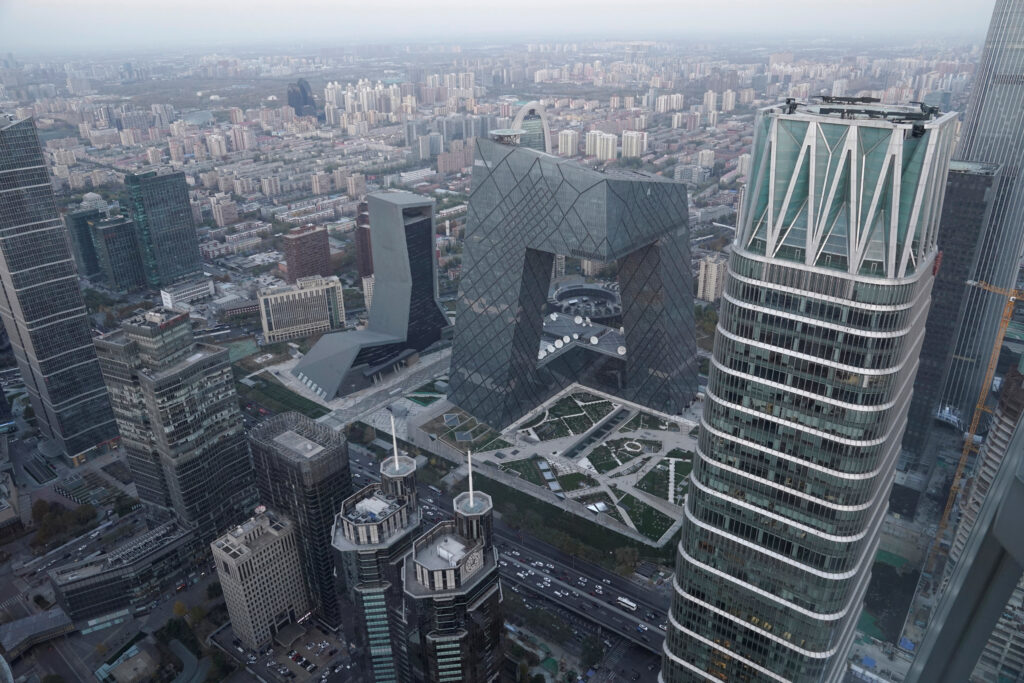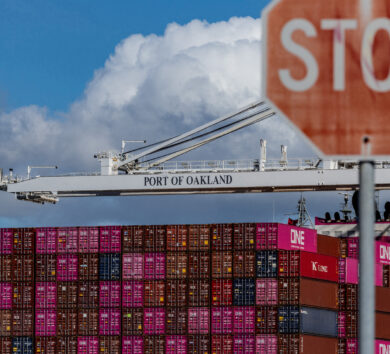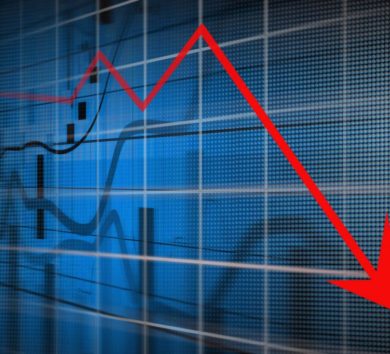

Durrant Pate/Contributor
The United Nations Economic Commission for Latin America and the Caribbean (ECLAC) has revised its growth forecasts for the region downward, given the global uncertainties.
ECLAC now projects that the region will grow 2.0 per cent on average this year, which is four-tenths lower than it projected last December. By subregion, the downward revision is greater for the Caribbean (eight-tenths lower, excluding Guyana) and for Central America and Mexico (seven-tenths lower) than it is for South America, where the downward trajectory is just one-tenth.
The growth rates expected given the new revision are 2.5 per cent in South America, 1.0 per cent in Central America and Mexico and 1.8 per cent in the Caribbean (excluding Guyana). The downward trajectory is premised on the fact that the region is facing a very complex and highly uncertain international scenario.
According to ECLAC, the tariff-related regimen imposed by the United States on imports threatens to disrupt economies and has had indirect effects through greater volatility in international financial markets, with significant fluctuations in stock and bond markets. These have clear implications for the yield of assets and the interest rate in the United States and for the main global financial markets.
Increased risk of severe disruptions
These announcements and the geoeconomic confrontation sparked have increased the risk of severe disruptions in global production chains and in international trade flows. All these factors, ECLAC says, have prompted a downward revision for growth prospects at a global level and particularly among the region’s main trading partners: the United States and China.

For example, the International Monetary Fund (IMF) in April downwardly revised its growth projection for the US from 2.7 per cent (which it had estimated in January) to 1.8 per cent; for the Euro zone, from 1 to 0.8 per cent and for China from 4.6 to 4.0 per cent. For the region, this has entailed significant changes to the macro conditions contemplated in ECLAC’s last annual economic report, published back in December.
This includes a deceleration in external aggregate demand, which could prompt increased imbalances in external accounts in 2025 beyond what had been anticipated, an increase in exchange-rate volatility, and greater accumulation of international reserves for precautionary purposes.
Similarly, a deceleration is expected in domestic aggregate demand, where although private consumption will continue to be the main determinant of regional growth, its pace is expected to continue decreasing. In addition, investment will show less dynamism than what was contemplated in the ‘Preliminary Overview 2024‘.
As such, there is an intensification in the region of the major challenge of reversing the path of low economic growth it has shown in the last decade, ECLAC reports noting that invigorating growth requires a combination of more proactive macroeconomic and productive development policies than those the region has had up to now.
Also, increasing investment in physical and human capital, and putting productive development agendas into practice in dynamic driving sectors, remains an imperative, which is why the region not only must invest more, but it also must invest better.
This involves adopting new technologies, promoting cluster initiatives and good business practices, fostering deep improvements in the process of capital accumulation, and properly harnessing economies’ social and environmental capital.







Comments